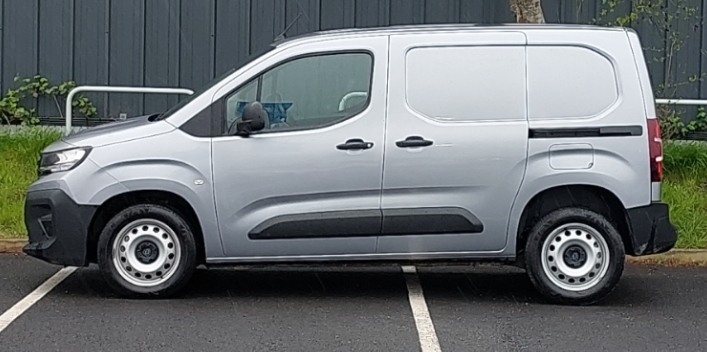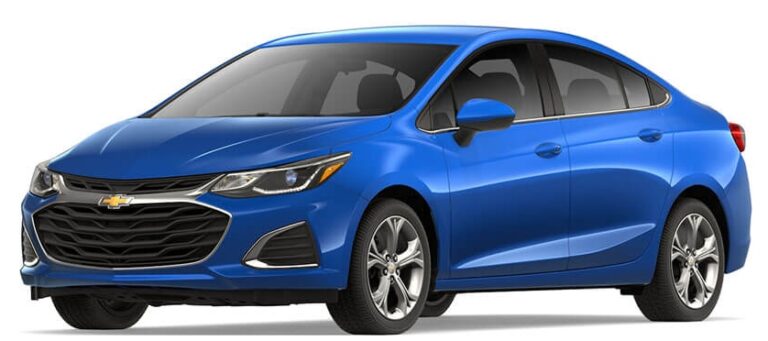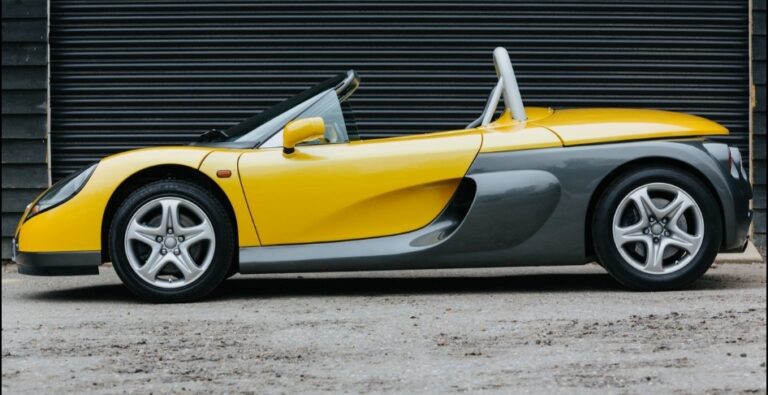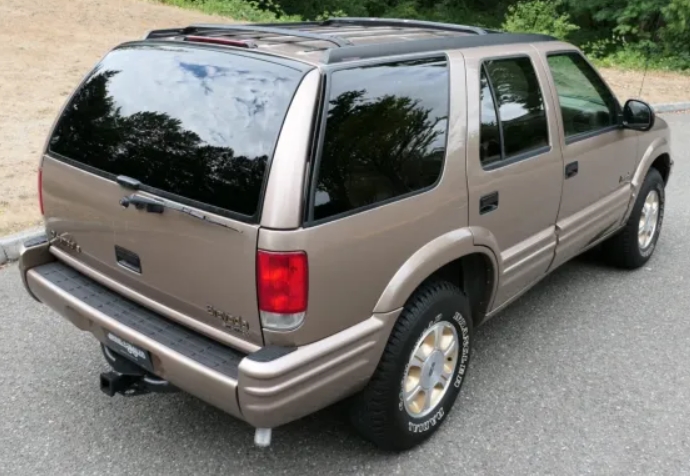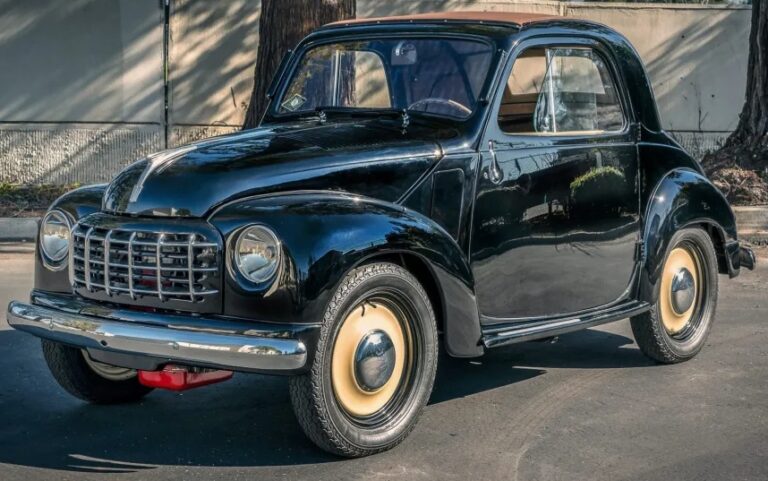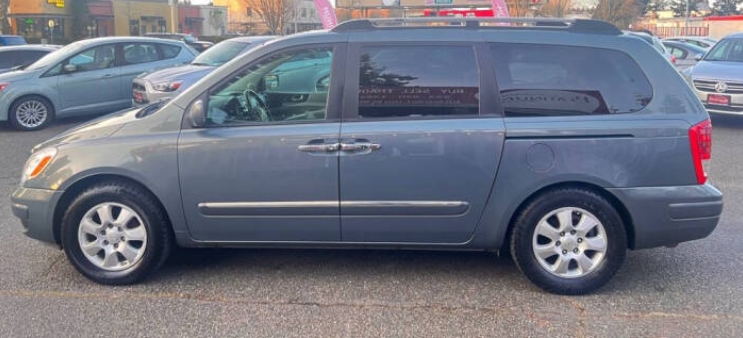The Peugeot Partner: A Story of Practicality, Evolution, and Enduring Appeal
The Peugeot Partner, a name synonymous with versatility and robust utility, has carved a significant niche for itself in the commercial vehicle and leisure sector. Since its inception in the mid-1990s, it has undergone several transformations, adapting to changing market demands, technological advancements, and evolving design philosophies. This article delves into the fascinating evolution of the Peugeot Partner, tracing its journey from its utilitarian origins to its more refined and contemporary iterations, highlighting key production years, models, and trim levels.
The Genesis: The First Generation (1996-2009)
The story of the Peugeot Partner begins in 1996 with the launch of the first generation. Developed in collaboration with Citroën, sharing its platform and many components with the Citroën Berlingo, the Partner was conceived as a compact, affordable, and highly practical leisure activity vehicle (LAV) and light commercial vehicle (LCV). Its design was undeniably boxy and functional, prioritizing interior space and cargo capacity over aerodynamic flair.
The initial Partner was available in two core body styles:
Panel Van: Aimed squarely at small businesses and tradespeople, this version featured a solid rear bulkhead, blanked-out rear windows, and a choice of rear doors (either hinged barn doors or a top-hinged tailgate).
Combi/Tepee: This passenger-oriented variant offered rear seating, typically a bench or individual seats, with windows all around, positioning it as a family-friendly alternative to traditional hatchbacks and estates, particularly appealing to those with active lifestyles.
Within this first generation, Peugeot offered a range of engine options that evolved throughout its long production run. Early models featured:
1.1 L (1124 cc) TU1 Petrol engine: A basic and economical choice for urban use.
1.4 L (1360 cc) TU3 Petrol engine: Offering a bit more power and flexibility.
1.8 L (1761 cc) XU7 Petrol engine: A larger displacement option for those needing more grunt.
1.9 L (1905 cc) XUD9 Diesel engine: Known for its durability and fuel efficiency, a popular choice for commercial use.
2.0 L (1997 cc) DW10 HDi Diesel engine: Introduced later in the generation, offering significantly improved performance and refinement over the older XUD units.
Trim Levels during this period were generally straightforward, focusing on essential features. Common designations included:
Base/Standard: The entry-level offering, equipped with essential features for practicality.
RSi/LX: A slightly more equipped version, often adding power steering, central locking, and a basic radio cassette player.
Grand Raid (later Tepee Outdoor): This more rugged, lifestyle-oriented trim was aimed at outdoor enthusiasts. It often featured enhanced suspension, protective body cladding, roof rails, and sometimes even optional four-wheel drive (though this was rare and more associated with the Citroën version, it did appear on some Partner variants).
In 2002, the first generation received a significant facelift. This update brought a redesigned front end with a more integrated bumper, revised headlights, and a reshaped grille, giving the Partner a slightly more modern and less utilitarian appearance. The interior also saw some improvements in materials and ergonomics. The engine lineup was also updated, with the introduction of more potent HDi diesel engines and revised petrol units.
The first generation Partner proved to be a remarkable success, lauded for its practicality, affordable running costs, and immense interior space. It was a workhorse for businesses and a versatile family vehicle for many, establishing the Partner nameplate as a credible player in its segment.
.

.
The Second Act: A More Sophisticated Approach (2008-2018)
The second generation of the Peugeot Partner, launched in 2008, marked a significant departure from its predecessor. While still sharing its underpinnings with the Citroën Berlingo (this time, the second-generation Berlingo), the Partner adopted a more distinctive design language. The exterior became more rounded and car-like, with a prominent Peugeot grille and a more sculpted bonnet. This generation aimed to bridge the gap between pure LCV and a more comfortable, car-like experience, appealing to a broader audience seeking both utility and everyday usability.
As with the first generation, the Partner was available in two main configurations:
Partner Van: The commercial variant, featuring a more robust interior, optimized cargo space, and various payload options.
Partner Tepee: The passenger version, offering a comfortable and versatile cabin for families.
The engine line-up for the second generation was significantly modernized, reflecting advancements in efficiency and emissions:
1.4 L VTi Petrol engine: A refined entry-level option.
1.6 L VTi Petrol engine: Offering a balance of performance and economy.
1.6 L HDi Diesel engine: Available in various power outputs, this became the workhorse of the range, renowned for its fuel efficiency and torque.
1.6 L BlueHDi Diesel engine: Introduced later as emissions regulations tightened, these offered even better fuel economy and lower emissions.
Trim Levels became more varied and sophisticated to cater to different needs and budgets:
S: The basic commercial trim, focusing on functionality for trades.
SE: Adding more comfort and convenience features for both commercial and passenger use, such as air conditioning, electric windows, and improved audio systems.
Allure (Tepee only): This was the top-tier passenger trim, typically featuring alloy wheels, upgraded interior trim, climate control, parking sensors, and more advanced infotainment options.
Grip Control (optional on some trims): A clever electronic traction control system that could adapt to different surfaces like snow, mud, and sand, enhancing the Tepee’s ability for light off-road adventures.
In 2012, the second generation Partner received its own facelift. This update brought a more pronounced Peugeot family grille, revised headlights with integrated LED daytime running lights on some models, and updated interior trim. The engine line-up was also refined to meet Euro 5 emissions standards.
The second generation Partner continued to uphold the reputation for practicality while offering a significantly more refined and comfortable driving experience. The Tepee variant, in particular, grew in popularity as a family car, a testament to its evolving appeal.
The Third Act: The PSA Platform and Shared DNA (2018-Present)
The third generation of the Peugeot Partner, launched in 2018, arrived with a significant technological leap. It was built on the new EMP2 (Efficient Modular Platform 2) platform, shared across a vast array of PSA Group vehicles (now Stellantis), including the Citroën Berlingo, Opel Combo, and Vauxhall Combo Cargo. This shared platform allowed for greater economies of scale, improved safety, and enhanced driving dynamics.
This generation saw a clear differentiation in its naming and positioning:
Peugeot Partner (Van): Retaining the traditional Partner name for the light commercial vehicle.
Peugeot Rifter: Introduced as the passenger-focused leisure activity vehicle, replacing the Partner Tepee. This re-branding aimed to highlight its more adventurous and lifestyle-oriented nature.
Engine Options for this generation focused on efficiency and performance, primarily featuring:
1.2 L PureTech Petrol engine: Available in various power outputs, offering a good blend of performance and fuel economy.
1.5 L BlueHDi Diesel engine: Available in different power outputs, providing strong torque for commercial duties and excellent efficiency for long-distance cruising.
Electric (e-Partner / e-Rifter): A significant development, this generation introduced fully electric variants, responding to the growing demand for zero-emission vehicles.
These models offer a practical range for both urban delivery and family use.
Trim Levels for the third generation are more comprehensively defined across both the Partner van and Rifter passenger versions:
For the Peugeot Partner (Van):
Professional: The standard commercial trim, offering essential features for a work environment, including durable interior materials, a functional dashboard, and practical cargo solutions.
Asphalt: A higher-spec commercial trim, often including enhanced comfort features like upgraded seating, improved infotainment, and exterior styling elements.
Grip: Tailored for tougher working conditions, this variant often features enhanced suspension, increased ground clearance, and the Grip Control system for improved traction on challenging surfaces.
For the Peugeot Rifter (Passenger/Leisure):
Active: The entry-level passenger trim, providing a comfortable and well-equipped interior for families, often including essentials like air conditioning and a touchscreen infotainment system.
Allure: A more premium offering, adding features like larger alloy wheels, enhanced interior trim, advanced safety systems, and a more sophisticated infotainment experience.
GT-Line: The sportiest and most luxurious trim, featuring distinct styling cues, premium interior materials, advanced technology, and often the most potent engine options.
Wider Doors (optional on Rifter): Reflecting its leisure focus, the Rifter is known for its optional wider rear doors, making loading and unloading easier for a variety of equipment.
The third generation Partner/Rifter represents Peugeot’s commitment to continuously evolving its practical offerings. It leverages advanced technology for safety, efficiency, and driver assistance, while still retaining the core values of space, versatility, and affordability that have defined the Partner nameplate for over two decades. The introduction of electric power further cements its relevance in the modern automotive landscape.
Conclusion:
The Peugeot Partner’s journey from a boxy, utilitarian workhorse to a sleek, technologically advanced leisure vehicle is a testament to astute product development and an understanding of evolving customer needs. Its success lies in its inherent practicality, which has been consistently refined and adapted across generations. Whether designated as a Partner van for dedicated commercial duties or a Rifter for active family adventures, the core DNA of versatility, reliability, and value remains. As automotive technology continues its rapid advance, the Peugeot Partner, in its various forms, is well-positioned to continue its legacy of practical excellence for many years to come.
